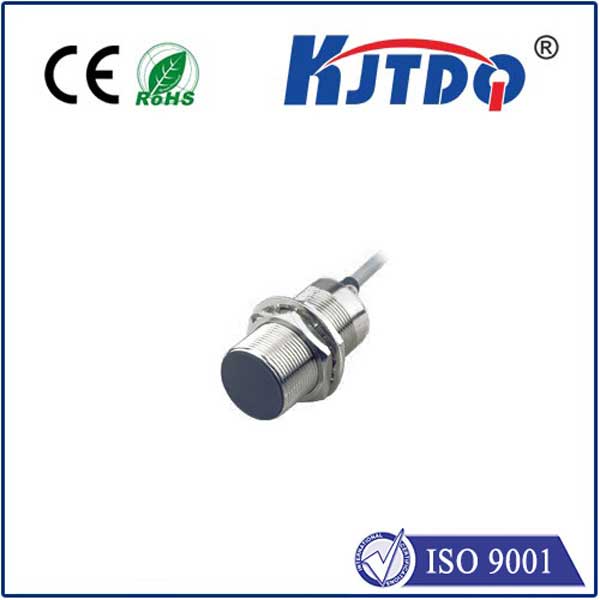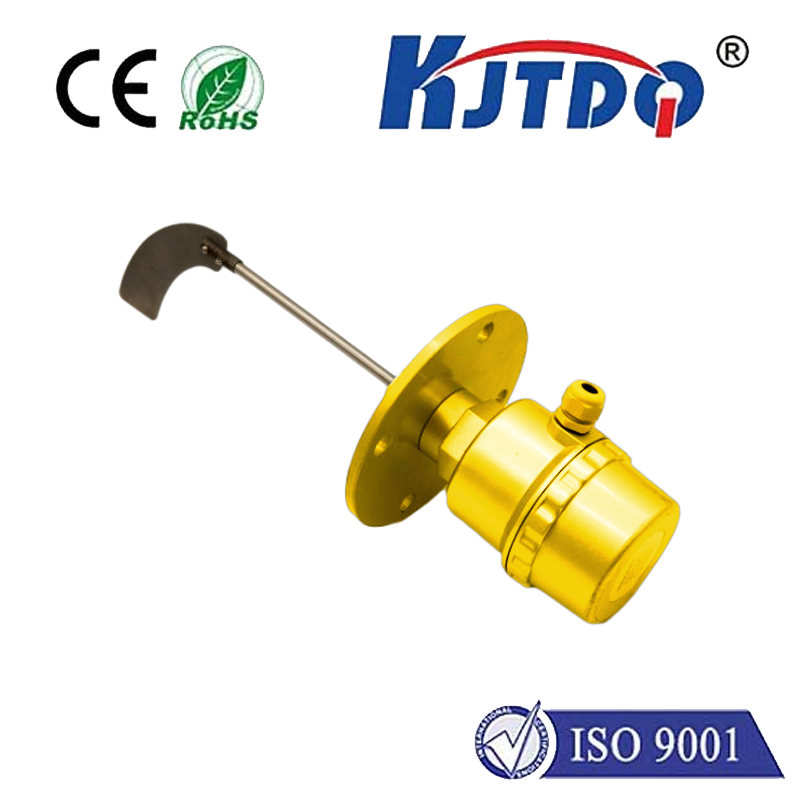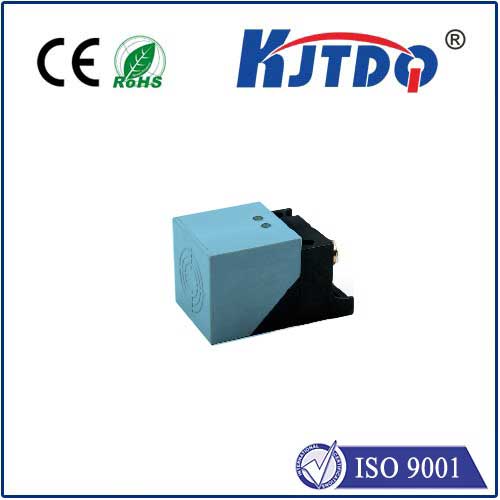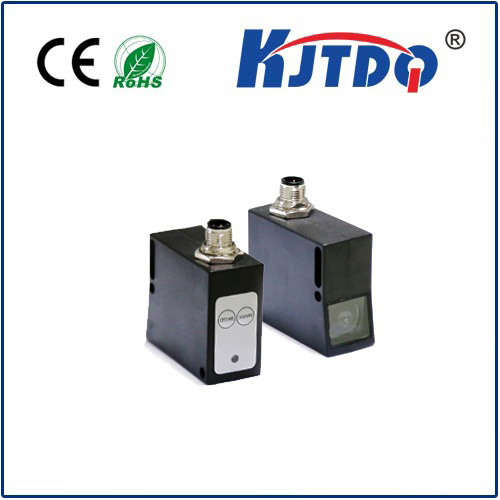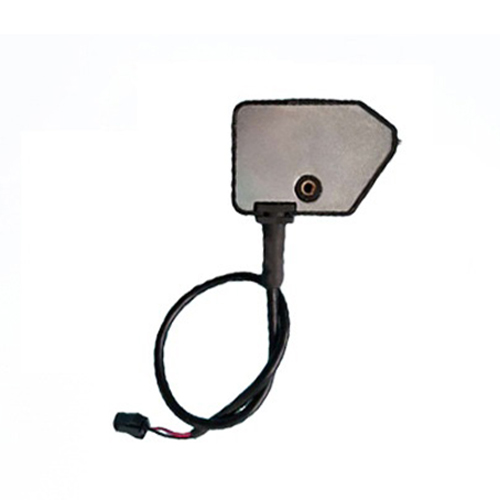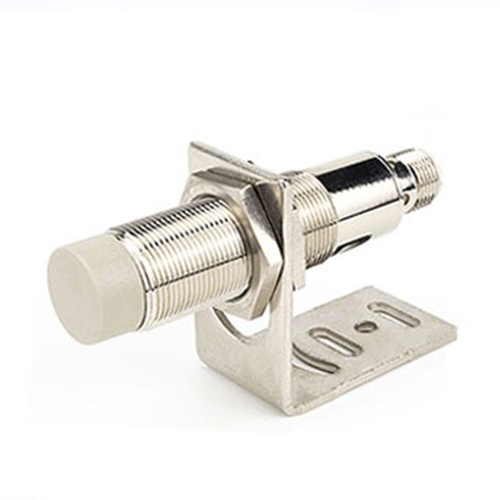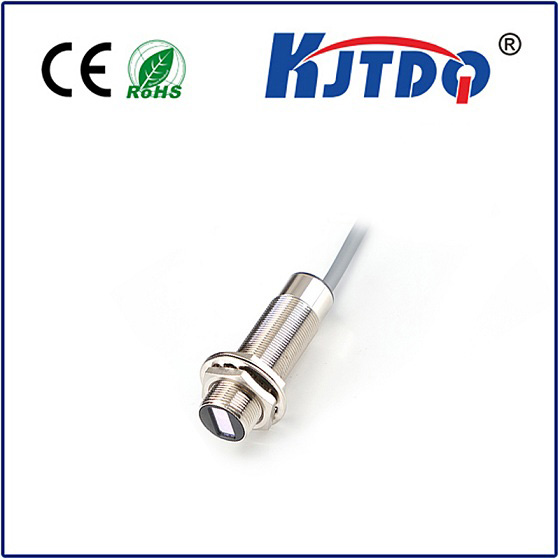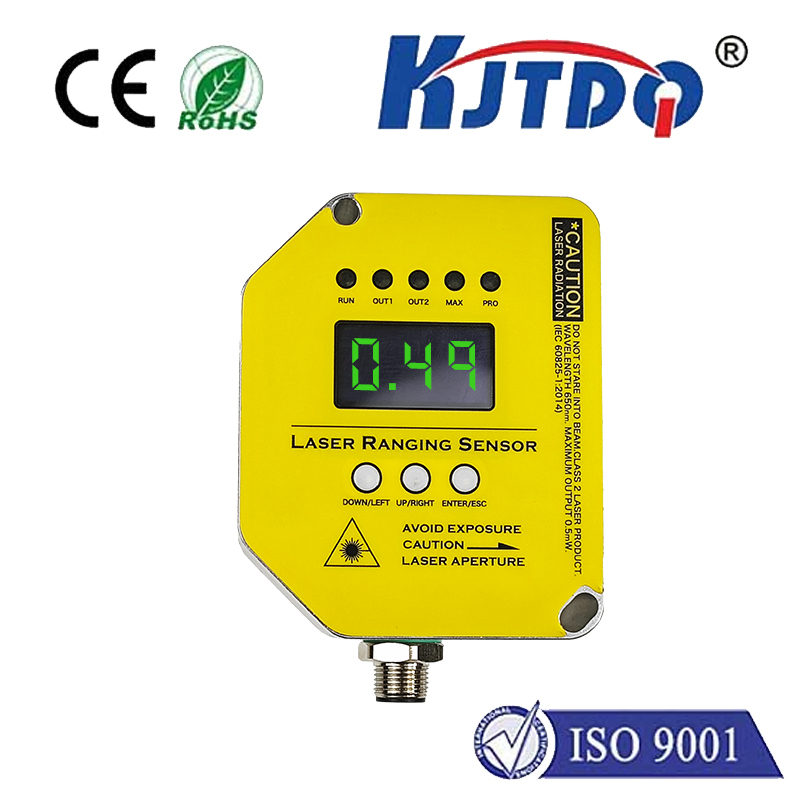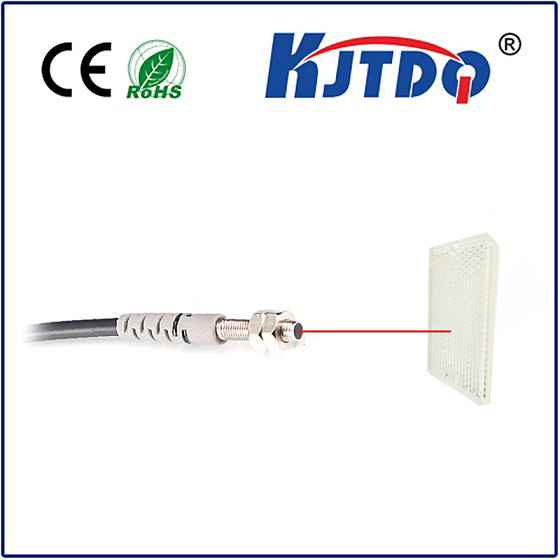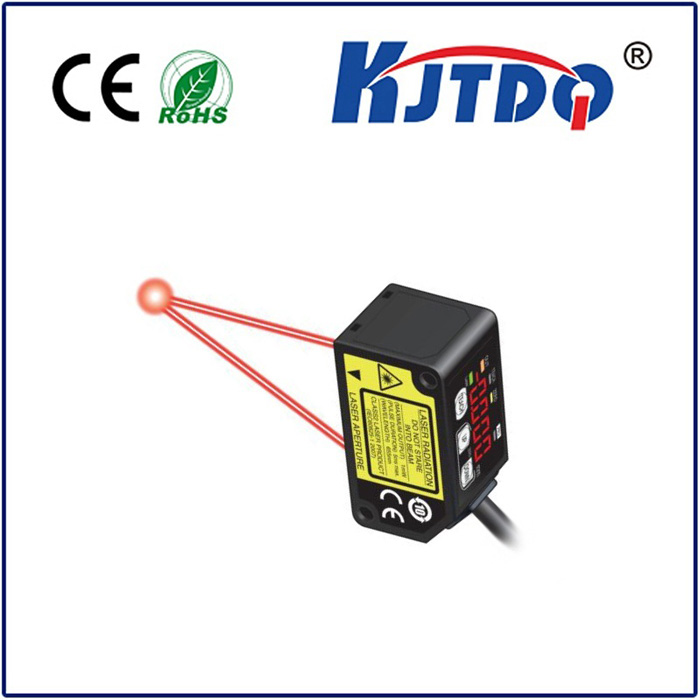infrared distance sensor
- time:2025-07-01 14:52:34
- Нажмите:0
Infrared Distance Sensors: The Invisible Proximity Detectives Powering Modern Tech
Imagine a robot vacuum seamlessly dodging furniture, a faucet activating without touch, or a factory line precisely detecting object positions. The silent hero enabling these everyday marvels is often an infrared distance sensor. These compact, versatile devices quietly measure space and proximity using invisible light, forming an indispensable layer of intelligence across countless industries. Understanding their function reveals why they are a cornerstone of modern automation and smart devices.
Demystifying the Infrared Principle
At its core, an infrared (IR) distance sensor operates on a surprisingly straightforward principle: light emission and reception. The sensor contains two key components:
- An Infrared Light Emitting Diode (IR LED): This emits a beam of infrared light, typically focused through a lens. Crucially, this light lies just beyond the visible spectrum for humans, making the sensing process invisible and unobtrusive.
- A Position-Sensitive Detector (PSD) or Photodetector: This component is specifically designed to detect the reflected infrared beam bouncing back from an object in its field of view. The position or intensity or time-of-flight of this reflected signal holds the key to the distance measurement.
The Triangulation Trick: How Most IR Distance Sensors Work
The most common method used in standard IR distance sensors is triangular ranging or triangulation. Here’s the clever process:

- Emission: The IR LED emits a focused beam of infrared light towards the target area.
- Reflection: When this beam encounters an object within its range, it reflects back towards the sensor.
- Reception and Angle Detection: The reflected light enters the sensor’s receiver lens, striking the position-sensitive detector (PSD). The crucial factor is the angle at which the reflected light hits the detector. This angle changes based on the distance to the object.
- Calculation: An internal microprocessor correlates the exact spot where the light hits the PSD with a known geometry (the fixed distance between the emitter and the receiver lens). Using simple trigonometry (imagining a triangle formed by the emitter, target, and receiver point), the sensor accurately calculates the distance. The greater the angle change detected on the PSD, the closer the object is. This method excels at short to medium-range measurements with good precision.
Beyond Triangulation: Time-of-Flight (ToF) Sensors
While triangulation dominates the market, especially for cost-sensitive applications, another sophisticated technology leverages infrared light: Time-of-Flight (ToF). These sensors work on a fundamentally different principle:
- Pulsed Emission: Instead of a continuous beam, the IR LED emits rapid, short pulses of infrared light.
- Reflection: These pulses travel to the target object and bounce back.
- High-Speed Timing: An extremely precise timer measures the exact duration it takes for each light pulse to make the round trip from the sensor to the object and back.
- Distance Calculation: Since the speed of light is a known constant (approximately 300,000 km/s), the distance is derived directly using the formula:
Distance = (Speed of Light * Time of Flight) / 2. ToF sensors can often measure longer ranges than standard triangulation sensors and provide high frame-rate 3D mapping capabilities. These sensors represent the cutting edge of IR distance sensing.
Where the Invisible Eye Sees: Key Applications
The applications for infrared distance sensors are vast and continually expanding:
- Robotics & Drones: Enabling autonomous navigation, obstacle avoidance, cliff detection, and docking. Robotic vacuums famously rely on arrays of IR sensors to map and clean rooms efficiently while avoiding collisions.
- Промышленная автоматизация: Precise object detection on conveyor belts, level sensing in tanks or hoppers, determining pallet heights, and controlling robotic arm positioning. Their reliability is vital in harsh environments.
- Consumer Electronics: Proximity sensing in smartphones (turning off the screen during calls), touchless faucets and soap dispensers, automatic hand dryers, gesture recognition interfaces, and lid closure detection on printers or laptops.
- Security Systems: Detecting unauthorized presence near valuable assets or triggering perimeter alarms.
- Automotive: Used initially in parking sensors, now increasingly integrated into advanced driver-assistance systems (ADAS) for short-range object detection and blind-spot monitoring (alongside other technologies like radar and ultrasonic).
- Consumer Appliances: Preventing walk-away burns on induction cooktops, controlling paper feed in printers, and detecting bin fullness in smart trash cans.
Choosing the Right Sensor: Factors to Consider
Selecting the optimal infrared distance sensor requires balancing several factors:
- Range Requirements: Sensors are typically categorized by their effective measurement distance (e.g., short-range: 2-30cm, medium-range: 30cm-1m, long-range: 1m+). ToF often covers longer ranges effectively.
- Accuracy and Resolution: How precise does the distance measurement need to be? Industrial automation often demands higher accuracy than simple proximity detection.
- Object Properties: Performance can vary based on the material, color, and surface texture of the target. Shiny, black, or transparent objects often pose challenges as they may absorb or scatter IR light unpredictably. Calibration is key.
- Environmental Factors: Ambient infrared light, such as direct sunlight or strong incandescent light sources, can interfere with the sensor’s emitted signal. Many modern sensors incorporate filters or modulation techniques to mitigate this. Dust, fog, or steam can also scatter IR light.
- Response Time: How quickly must the sensor detect a change in distance? Critical for high-speed automation.
- Output Type: Does your application need an analog voltage proportional to distance, PWM signal, or a digital interface like I2C or UART for direct communication with a microcontroller?
- Cost: Standard triangulation sensors offer excellent value for many applications, while ToF sensors command a premium for their extended capabilities.
Benefits and Limitations: A Balanced View
Infrared distance sensors offer significant advantages:
- Compact and Lightweight: Easy integration into space-constrained designs.
- Low Power Consumption: Ideal for battery-powered devices like robots and consumer electronics.
- Fast Response Time: Enables real-time control and detection.
- Non-Contact Measurement: Eliminates wear and tear and allows sensing of delicate or moving objects.
- Lower Cost than Lasers/RADAR: Provides an economical solution for many proximity and short-range distance sensing needs.
However, awareness of their limitations is crucial:
- Sensitivity to Object Properties: As mentioned, dark/shiny/transparent materials and challenging environmental conditions (bright ambient IR) can degrade performance.
- Limited Range (for Triangulation): Typically outperform ultrasonic sensors for short ranges but are generally surpassed by lasers or RADAR for very long distances.
- Precision Limits: While highly useful, they may not achieve the extreme precision levels of interferometric laser sensors in niche applications.
The Ubiquitous Proximity Detective
From the smartphone in your pocket to the assembly lines building complex machinery, infrared distance sensors function as the invisible proximity detectives of the modern world. Their ability to measure distance without physical contact, using simple yet robust principles like triangulation or advanced Time-of-Flight, makes them an incredibly versatile

